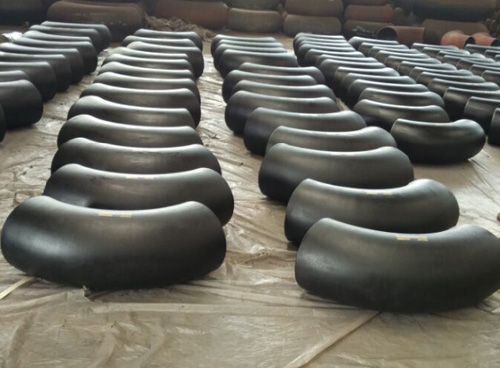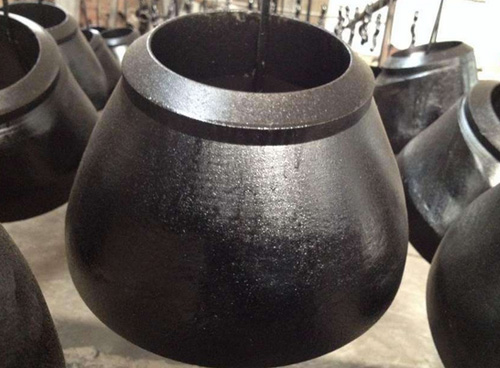Since the beginning of this year, China's research and development support funds for fuel cell vehicles have reached nearly 436 million yuan, involving six projects.
As one of the main applications of hydrogen energy, the development of hydrogen fuel vehicles is about to enter the "fast lane", which may accelerate the industrialization process of the entire hydrogen energy.
On July 25, Hebei Zhangjiakou Public Transport Corporation announced that 49 hydrogen fuel buses were put into operation in Zhangjiakou. In the next two months, 25 vehicles will be put into use. By then, Zhangjiakou will become the city with the largest number of hydrogen fuel cell buses in the country.
The EU-funded Zero Emissions Team Project (ZEFER) also announced today that it plans to spend 26 million euros to introduce 180 hydrogen fuel cell vehicles in Brussels, London and Paris during the year, 170 of which are used for taxis and taxis, 10 of which are police car. Project staff believe that these vehicles have four times the daily hydrogen demand of a typical hydrogen fuel vehicle, which will effectively improve the economic efficiency of operating hydrogen refueling stations and encourage more people to adopt hydrogen fuel vehicles.
According to market trends, according to market trends, fuel cell vehicles will become the fastest-growing market segment in the global automotive market by 2030. It is estimated that by 2032, global fuel cell vehicle sales will reach 5 million units, with sales exceeding $250 billion.
However, the agency's data also shows that the cumulative sales of global hydrogen fuel cell vehicles in 2013-2017 was only 6,475 vehicles. In addition to the California region, Toyota hydrogen fuel cell vehicles accounted for 75% of the remaining market.
According to the statistics of Professor Wang Hewu of Tsinghua University, the cumulative number of hydrogen fuel cell vehicles operating in China is currently around 1,000, there are 12 hydrogenation facilities operating, and there are nearly 10 hydrogenation facilities under construction.
In this regard, Global Market Insights analysts believe that between 2017 and 2024, funding subsidies from the government will increase the level of hydrogen fuel technology research and development and the number of hydrogenation facilities.
As far as China is concerned, according to the statistics of the Higher Industrial Research Institute (GGII), up to now, the national key R&D plan “new energy vehicles†key special projects have reached four batches of public notices, of which nearly 827 million yuan for research and development support for fuel cell vehicles. . This year alone, research and development support funds for fuel cell vehicles reached nearly 436 million yuan, involving six projects. The project lead units include Weichai Power (8.650, -0.19, -2.15%), Dongfeng Motor (4.120, 0.00, 0.00%), BAIC, Yutong, Tsinghua University, China Automotive Technology and Research Center and other enterprises and institutions.
According to the International Hydrogen Energy Commission, the proportion of hydrogen energy in China's energy will be close to 18% by 2050, and the output value of the hydrogen energy industry chain will exceed 250 million US dollars.
Chen Qingtai, chairman of the China Electric Vehicle Hundred People's Association, said at the hydrogen energy industry innovation and development forum that the most typical and most difficult application scenario for hydrogen energy development and utilization is hydrogen fuel cell vehicles, which will also be used for hydrogen energy. Technical breakthrough.
Foreign car companies and research institutions have sought to break through the group. In June of this year, Audi and Hyundai signed an agreement to jointly develop hydrogen fuel cell technology, and planned to carry out a patent cross-licensing license. The two parties mutually authorized the common non-competitive relationship components. The cooperation aims to improve the efficiency of mass production of fuel cells and enable them to enter the mass production stage as soon as possible. Both car companies have accumulated a lot of research in fuel cell vehicles.
In February last year, Honda and General Motors also announced that they would set up a subsidiary to jointly produce hydrogen fuel cell vehicles. The cooperation between Toyota and BMW in this area began as early as 2012.
Due to the high cost, up to now, there are only three car companies that can realize the industrialization of hydrogen fuel cell vehicles worldwide, Hyundai, Toyota and Honda of Japan.
Dr. Qian Yong, an academician of the Chinese Academy of Engineering, believes that China's hydrogen fuel cell vehicles want to develop rapidly. In terms of core technologies, it is necessary to accelerate the breakthrough of power stack technology, especially the development of high-specific power fuel cell engines and key materials.
Taking the fastest growing and most prolific proton exchange membrane fuel cell as an example, the performance and life of the proton exchange membrane will directly determine the performance and life of the fuel cell. Currently, the five major proton exchange membrane manufacturers in the world are American and Japanese companies.
The Fuel Cell Industry Development Research Report (2018) released by the Fuel Cell Branch of China Electrical Equipment Industry Association recently mentioned that China's fuel cell companies have just started, due to their small scale, low investment, and large-scale, automated production and quality control. Therefore, there is a significant gap between the reliability and durability of the battery and the international advanced level.
In addition, the hydrogen refueling station is also one of the bottlenecks restricting the utilization of hydrogen energy and the development of hydrogen fuel cell vehicles. “As of the end of last year, there were 328 hydrogen refueling stations operating worldwide. The highest failure rate during the operation of the hydrogen refueling station is the compressor.†Jiang Lijun, director of the China Renewable Energy Association Special Committee, in 2018, the Chinese flag hydrogen energy and fuel The battery industry development meeting said that in addition to speeding up the construction of hydrogen refueling stations, how to improve the reliability of hydrogen refueling stations and reduce the incidence of failures is also the focus of current attention.
Butt weld pipe fittings
Pipe fittings play an important role in the pipeline system, especially butt weld pipe fittings, such as Butt Weld Elbow, butt Weld Bend , Butt Weld Tee , Butt Weld Cross,Butt Weld Reducer, Butt Weld Cap and so on. For small size butt weld fittings, they are seamless. If the diameter is big, say, above 24" generally, they can be manufactured by welded one or two sides. No matter which kind of pipe fittings, ASME standard is very common. These fittings will be painted black if material is carbon steel A234 WPB or other steel grades. When customers require galvanized, we can also make them. Besides, Alloy, stainless steel and aluminum pipe fittings are our product range


High Pressure Fittings,Pipe Fitting Elbow,Stainless Steel Pipe Fitting,Alloy Steel Pipe Fitting
CANGZHOU HENGJIA PIPELINE CO.,LTD , https://www.hj-pipeline.com